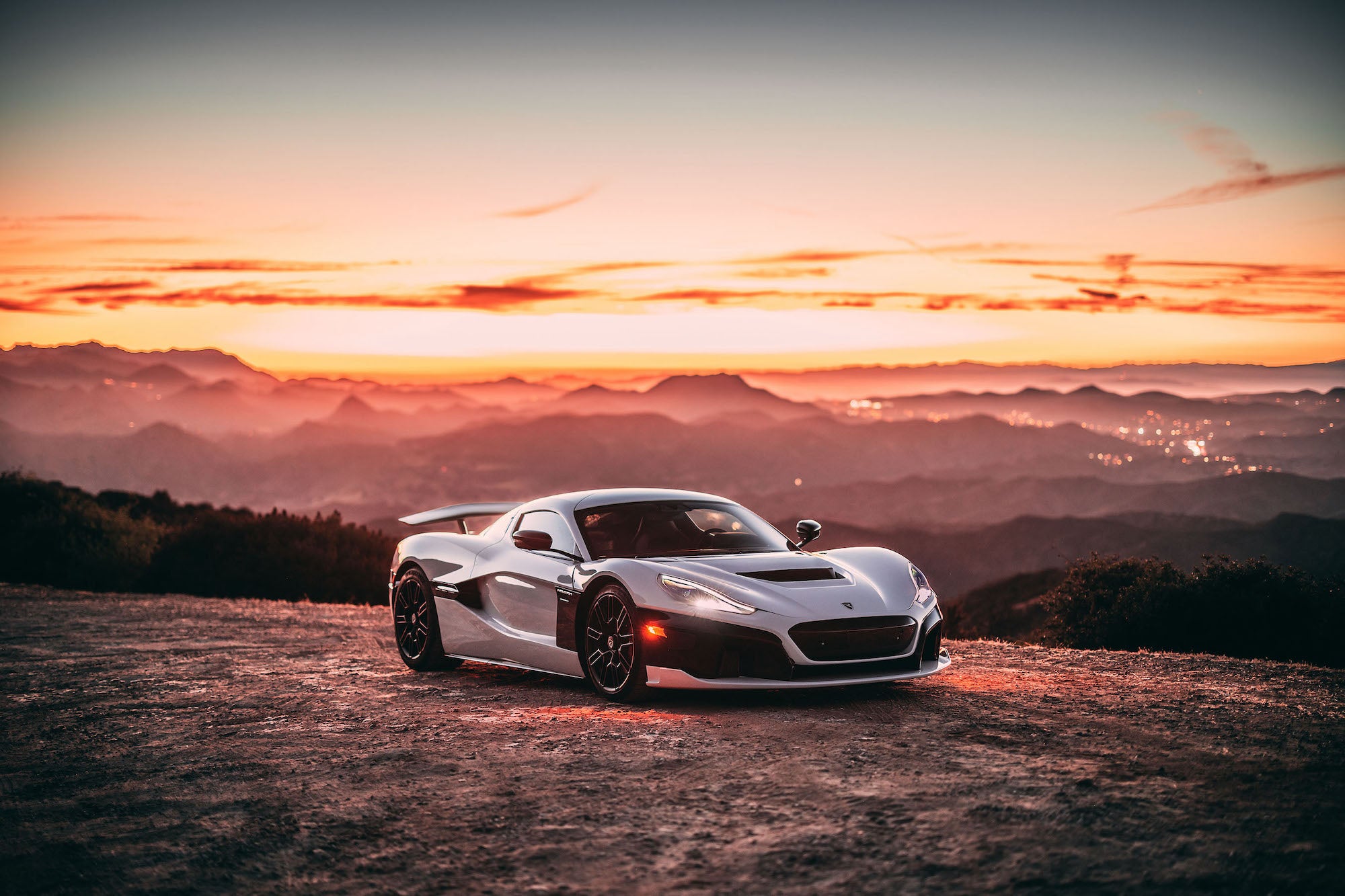Over the past 13 years a brand you may not have heard of—Rimac—has quietly established itself as a central player in high-performance EV development. The brainchild of Mate Rimac, a Croatian entrepreneur who was still in college when he founded the namesake company in his garage back in 2009, the operation now boasts more than 1,700 employees and is currently building a 2-million-square-foot campus in Kerestinec, Croatia. Set to open its doors next year, the site will house the company’s production facilities as well as its research and development headquarters.
Rimac’s technology has become a highly sought-after commodity in recent years. The company has worked on development projects with Audi, Lamborghini, and Porsche, among others, and recently took control of Bugatti—a 113-year-old marque with a storied history of producing ultra-high-performance vehicles—from parent company Volkswagen. VW had reportedly considered shuttering the brand due to the expected expense involved in rolling out its next generation of vehicles, and when Rimac offered to develop a new hybrid hypercar for the company for less than it would have cost Bugatti to update their current architecture, VW proposed a merger that gave Rimac a controlling stake in the company.
The new Nevera hypercar, meanwhile, is an important milestone for Rimac. The two-seater EV is the automaker’s first serialized production vehicle, and serves as a showcase of what the company’s technology is capable of when completely untethered. With a $2 million price tag and production limited to just 150 examples worldwide, the Nevera obviously isn’t aimed at the mainstream, but its hardware and performance capability are harbingers of what’s to come for the auto industry at large. And the results are truly incredible.
Equipped with four 450 kW permanent-magnet motors and a 120 kWh battery pack that also serves as a structural element of the car, the Nevera offers a stunning 1,914 horsepower and 1,725 pound-feet of torque. While its 256 MPH top speed is impressive, the Nevera’s acceleration figures represent an entirely new echelon for road car performance. Capable of sprinting to 60 MPH from a standstill in just 1.85 seconds and running through the quarter mile in 8.58 seconds, the Nevera not only significantly outpaces a Bugatti Chiron, it’s also quicker than an F1 car. The performance is even more impressive when you consider the fact that the Nevera offers up to 341 miles of range and managed to achieve those figures on normal Michelin Pilot Sport 4S summer tires rather than some flavor of semi-slick track rubber.
[Related: At $1,807, the Honda Navi is the perfect starter motorcycle for a beginner]
Much of the Nevera’s next-level capability can be attributed to Rimac’s development approach. Rather than sourcing major components like the motors, batteries, inverter, and the electrical architecture from an outside manufacturer and integrating them into the vehicle—a strategy that has become common practice in the automotive industry—Rimac chose to develop these technologies in-house, along with other key elements like the carbon fiber monocoque chassis, the battery cooling system, and even the infotainment. “Our project manager calculated that the development of the Nevera took about 1.6 million man-hours from start to finish,” explains Rimac’s Marta Longin. “We made this difficult on ourselves because ther

